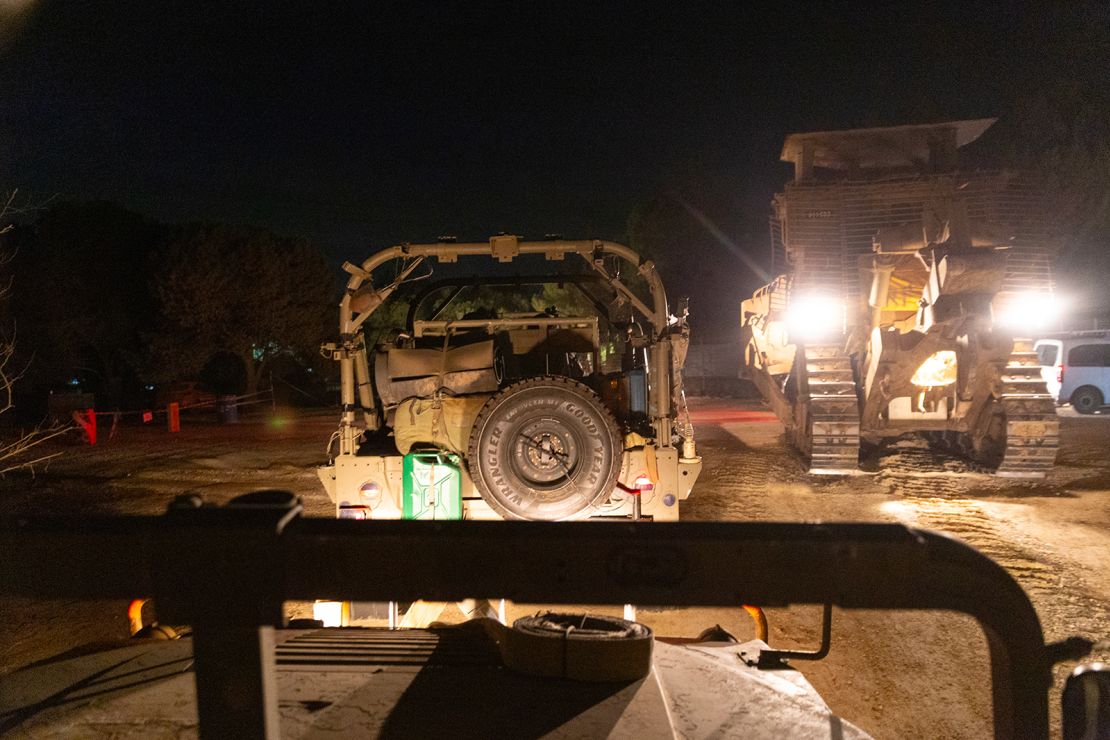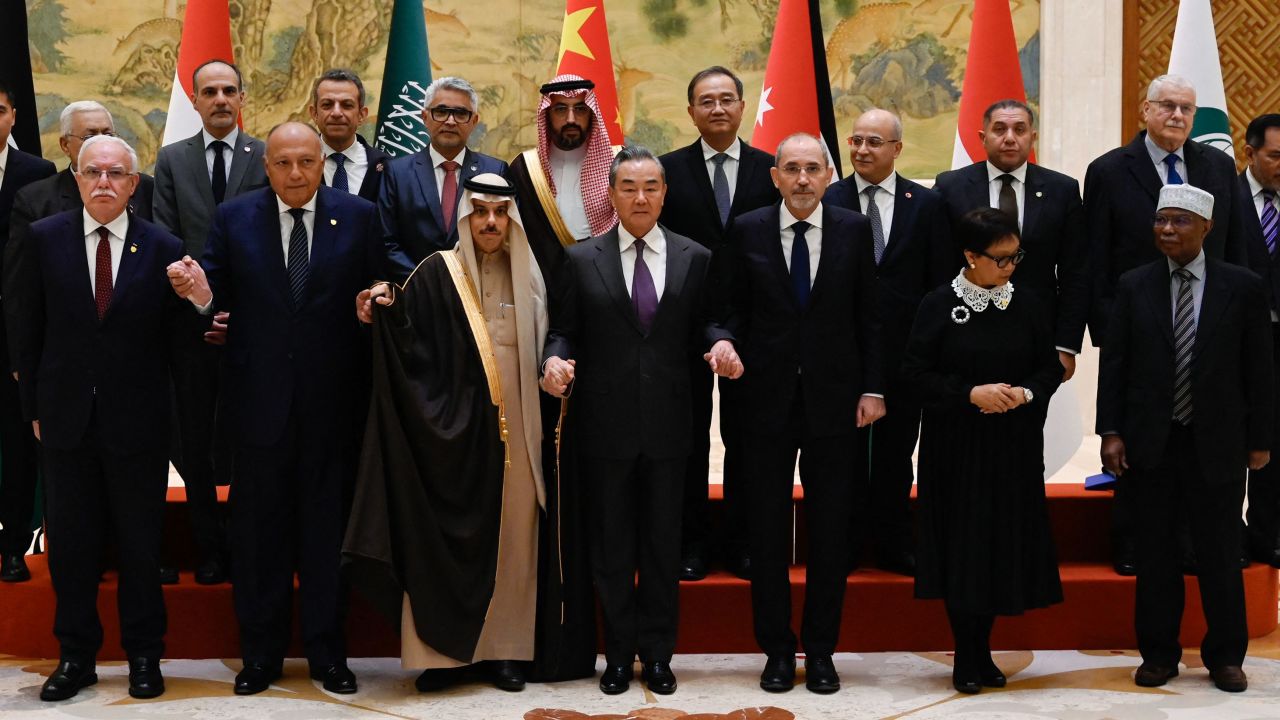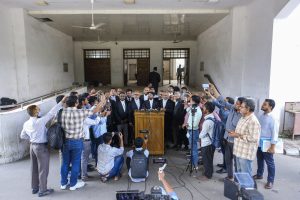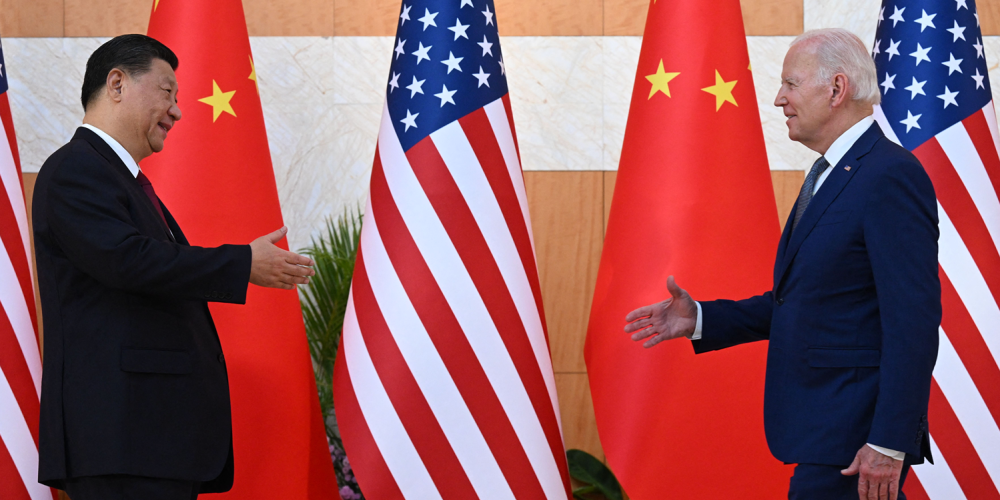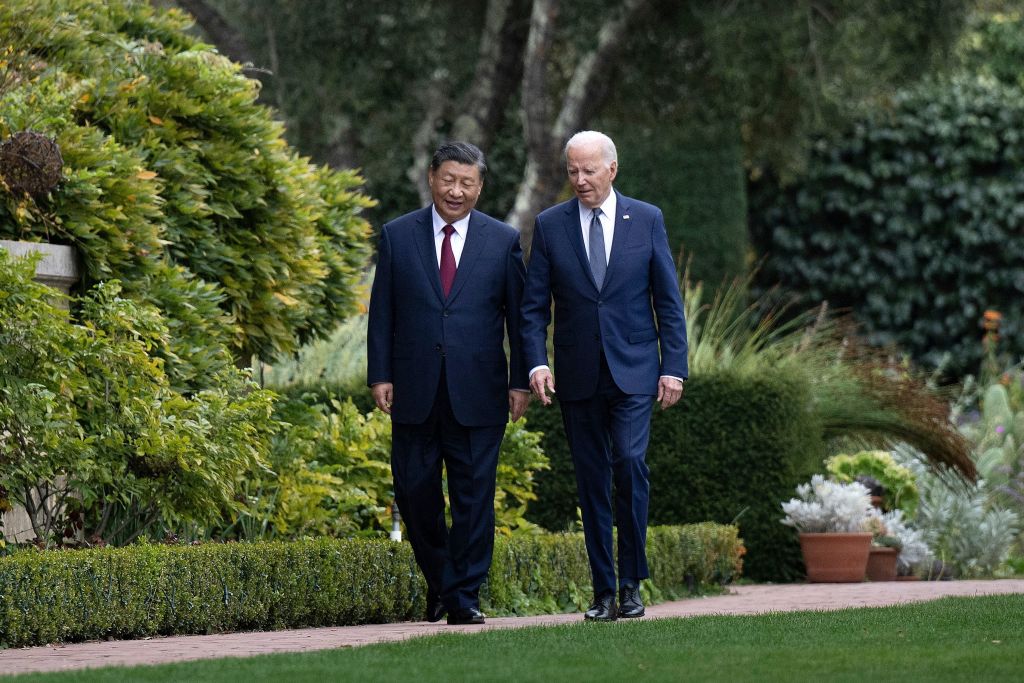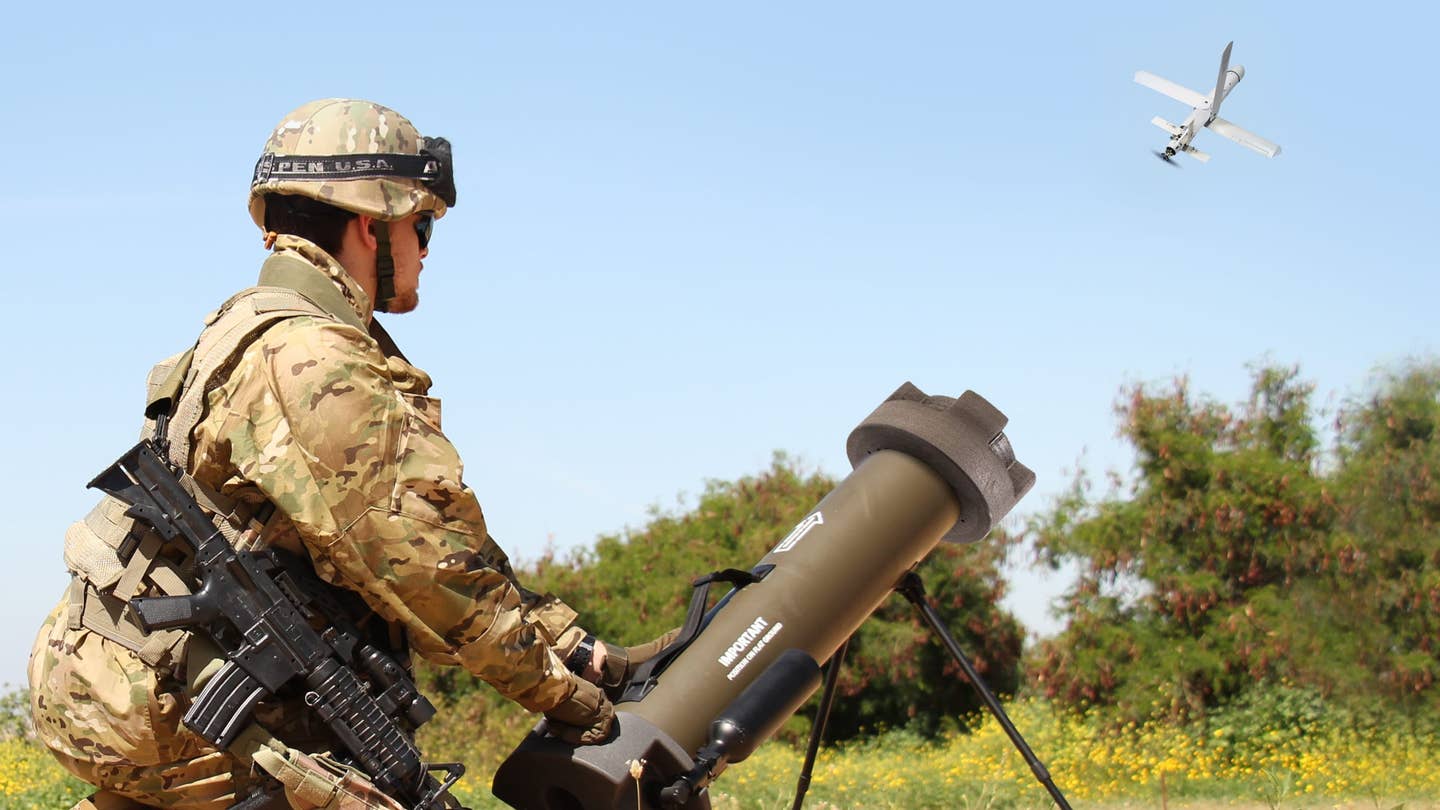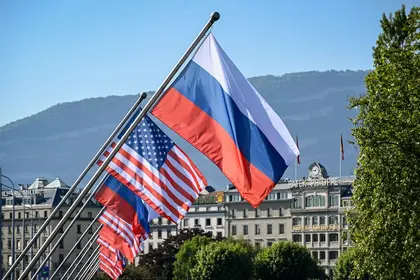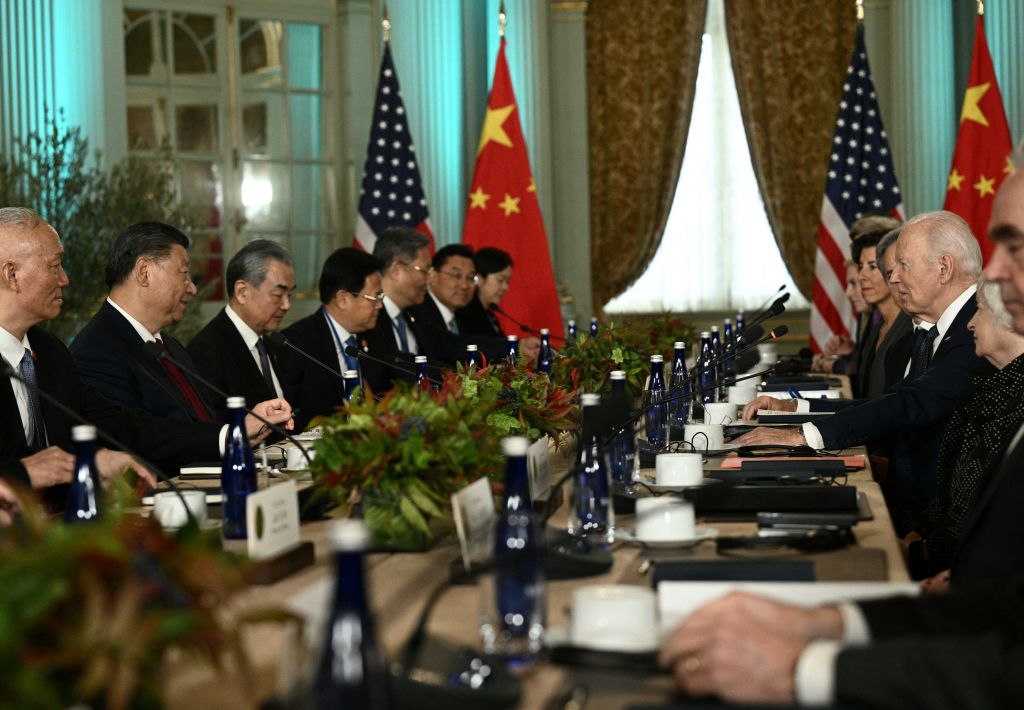Jacob Helberg

As the war rages between Israel and Hamas, TikTok’s proliferation of anti-Israel content has reignited the debate about whether the platform should be legal in the United States. While Congress stopped short of enacting legislation last spring, it’s time lawmakers recognized the existential risk TikTok poses to U.S. security interests and take action accordingly. At no point in U.S. history has a foreign entity owned such an unprecedented platform for the mass dissemination of potent personalized propaganda and the mass collection of private American user data. TikTok has all the hallmarks of the most extensive intelligence operation a foreign power has ever conducted against the United States.
The U.S.-China Economic & Security Review Commission (USCC) released its annual report to Congress last week. As the 800-page report details, “an increasing number of Americans rely on new media, like TikTok, for their news. TikTok, which is privately owned by a Chinese company but ultimately must be responsive to the demands of the Party-state, provides Beijing with a potential avenue to reach its more than 150 million users in the United States.” As of last year, a Pew Research report found that 33 percent of American TikTok users regularly get their news on the platform. More than 50 percent of “Generation Z” also use TikTok as their search engine of choice.
Elected officials, including House Select China Committee Chairman Mike Gallagher and Senate Intelligence Vice Chairman Marco Rubio, denounced TikTok as “misinformation and indoctrination” promoting thinly veiled Chinese Communist Party (CCP) state propaganda. Skeptics allege these concerns are overblown as the information on the platform is entirely user-generated. I spent years working on these issues at Google and believe the skeptics are wrong.

